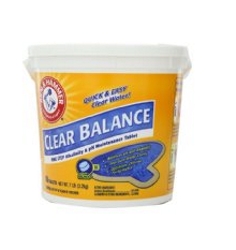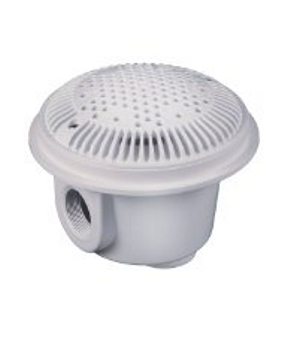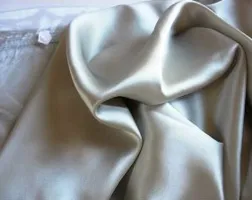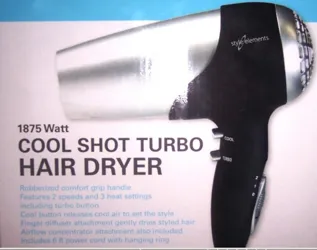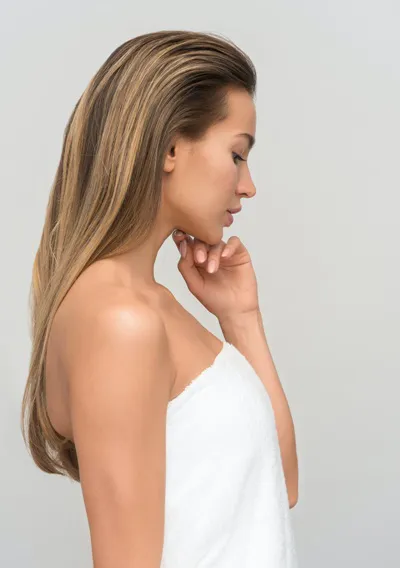
Hair Pool Hazards
Hair Pool Hazards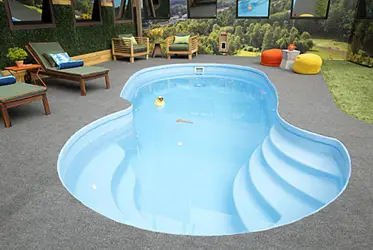 CBS BIG BROTHER House, on the CBS Television Network Photo: Cliff Lipson/CBS ©2014 CBS Broadcasting, Inc. All Rights Reserved
CBS BIG BROTHER House, on the CBS Television Network Photo: Cliff Lipson/CBS ©2014 CBS Broadcasting, Inc. All Rights ReservedCommon hair pool hazards are highlighted in the 2005 US Consumer Product Safety Guidelines.
The guidelines are designed to help identify and eliminate dangerous entrapment hazards in swimming pools, wading pools, spas and hot tubs.
Danger When Long Hair Is Allowed To Flow Freely
When medium or long hair is allowed to flow freely in swimming pools there is the danger of entrapment or entanglement in the pool drains.
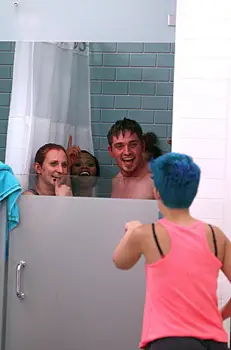 CBS Big Brother 16 Cast Members In Shower - Photo: Lisette M. Azar/CBS ©2014 CBS Broadcasting, Inc. All Rights Reserved.
CBS Big Brother 16 Cast Members In Shower - Photo: Lisette M. Azar/CBS ©2014 CBS Broadcasting, Inc. All Rights Reserved.There is also danger of evisceration and disembowelment.
The guidelines were developed as the result of a series of documented deaths where hair became entrapped in pool drains or related equipment.
Guidelines Designed To Prevent Future Hair Pool Hazards
US Consumer Product Safety Guidelines are designed to prevent future hair pool hazards.
Guidelines encourage the development of safety vacuum release equipment systems (SVRS) and alternative methods for avoiding entrapment.
Death Due To Suction Or Drain Grates
A majority of the hair pool deaths were the result of drowning after the hair was held against the drain by the suction of the circulation pump or entangled in the drain grates.
Typically, these incidents involve females with long, fine hair, who are underwater with their head near a suction outlet (drain).
How Hair Gets Tangled In Pool Drains
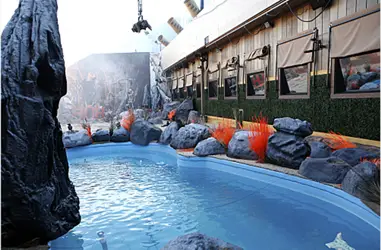 HOH competition on BIG BROTHER, Thursday, July 17 (9:00 -- 10:00 PM, ET/PT) on the CBS Television Network. Photo: Cliff Lipson/CBS ©2014 CBS Broadcasting, Inc. All Rights Reserved
HOH competition on BIG BROTHER, Thursday, July 17 (9:00 -- 10:00 PM, ET/PT) on the CBS Television Network. Photo: Cliff Lipson/CBS ©2014 CBS Broadcasting, Inc. All Rights ReservedPool water flows into the drain, sweeping hair into and around the drain cover.
Hair becomes entangled in and around holes as well as protrusions on both sides of the cover.
Entrapment occurs because of the tangling and not necessarily because of strong suction forces, although the suction forces initially draw the hair into the drain cover.
Chlorine Related Breathing Problems
Other hair pool hazards involve the inhalation of chlorine which may result in potentially life threatening breathing issues.The chlorine may be absorbed into the hair or inhaled during swimming or pool related workouts.
According to a 2004 study released at the American College of Sports Medicine's annual meeting, chlorine in pools can seriously aggravate breathing problems when they are inhaled.
Asthma Or Long Term Weak Lungs
The chlorine related breathing problems can be life threatening for people with serious asthma or long term weak lungs.
Even people who are non-asthmatics may experience chlorine related breathing issues.
Researchers found the amount of chlorine recommended for pool care (1.0) parts per million, or ppm increase the incident of chlorine related broncho-constriction by more than 60 percent.
Chlorine Exposure
According to Arthur J. Williams, MD, of the sports Science Institute of South Africa, chlorination by-products hang over the water's surface and are absorbed by exposed hair.
The chlorine exposure increases lung tissue permeability, triggering tightness and breathing problems.
The problem may be even worse with indoor pools due to their lack of adequate ventilation.
To minimize the risk, home pool owners should keep chlorine levels of 0.5 ppm, an acceptable disinfection level which doesn't increase broncho-constriction
Preventing Hair Pool Hazards
Pool regulars who notice shortness of breath can check with their doctor since broncho-constriction can be treated very effectively with inhalers.
One preventive measure includes wearing a swim cap, regardless of how unattractive, to prevent unnecessary hair absorption of chlorine.
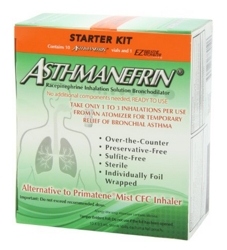 Another option is to douse hair with water before and after entering the pool to minimize chemical absorption.
Another option is to douse hair with water before and after entering the pool to minimize chemical absorption.
Immediately showering after leaving the pool area will also help remove any chlorine from hair or the body.
Summary - Hair Pool Hazards
Common hair pool hazards include not only potential entrapment hazards, but broncho-constriction.
Broncho-constiction may occur as a result of inhaling a high levels of chlorine absorbed by the hair or by breathing the chemicals while swimming or exercising.Social Media Network Information
Please follow us on Twitter at: https://Twitter.com/HairBoutique. I look forward to meeting new people from all walks of Twitter and learning from their Tweets.


